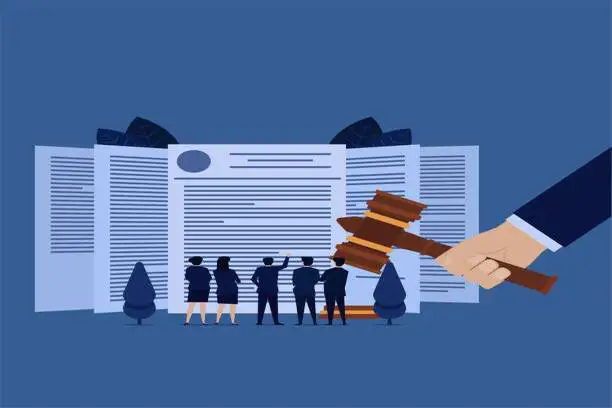


The recent development in Waymo’s patent scenario brings significant changes. The U.S. Patent and Trademark Office’s final activity on September 12th affected the reconsideration of Google’s self-driving auto subsidiary, Waymo’s patent. The implications are substantial: Waymo potentially stands to lose 53 out of 56 claims, including the original 20 claims in the patent cases filed against Uber.
At the core of this reconsideration lies U.S. Patent No. 9368936, titled “Laser Diode Terminating Framework,” issued to Google in June 2016. This patent describes an assembly involving various components like a voltage source, inductor, diode, transistor, light-emitting element, and capacitor. The invention focuses on providing a laser diode terminating circuit for Light Detection and Ranging (LIDAR) devices, offering controlled emission and charging operations through a single transistor.
The reevaluation of the ‘936 patent, initiated by Eric Swildens in August 2017, has so far invalidated 34 cases under specific grounds. Notably, 20 cases were negated under § 102(a) grounds, citing similarities to another patent titled “High Definition LIDAR Framework (‘Hall’).” Additionally, four more cases were refuted based on § 103 grounds, relating to an IEEE paper published in 2010 discussing gallium nitride field-effect transistors (GaNFET).
Despite the setbacks, three claims (32, 44, and 56) remain intact in the ‘936 patent. These claims were found unaffected by the prior art, although elements of the claims were mentioned in patents like ‘Hall’ and “Circuit Design for Sustaining a Pulse Output Stage (‘Renz’).” However, certain aspects, like coupling a capacitor’s second terminal to a reference voltage other than ground voltage, remained undisclosed by the cited prior art.
Although the final office action appears definitive, it isn’t absolute. Google might pursue further procedural steps, such as appealing this decision to the Patent Trial and Appeal Board and potentially escalating it outside the USPTO to the United States Court of Appeals for the Federal Circuit.
This ongoing development marks a pivotal moment, potentially reshaping the landscape of self-driving technology. The journey ahead for Waymo and Google in safeguarding their patents promises further intrigue and possible legal recourse. Stay updated for further developments in this evolving narrative.